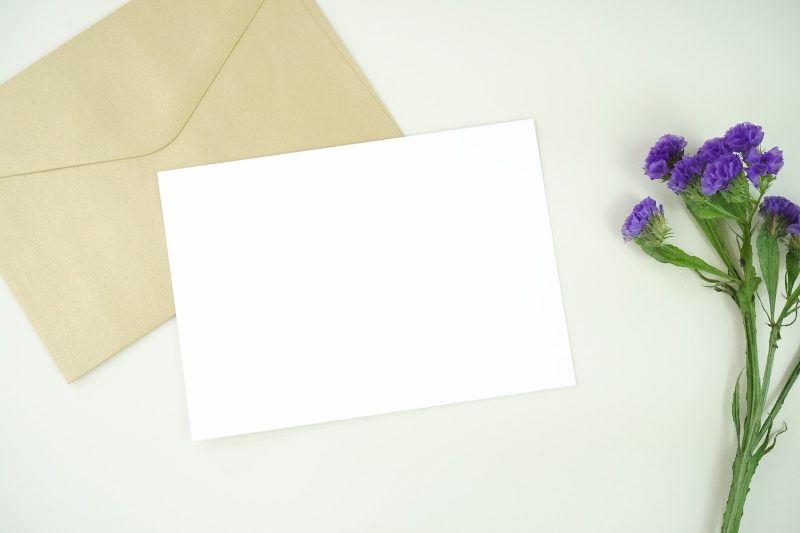Tenant damages are a concern for your cash flow and cash flow. Do you wonder if it is necessary to have a copy the tenant’s damage notice on hand?
As long as you take all the precautions necessary to ensure your safety, you can rest assured that you are safe. To All 50 states allow landlords to legally collect security deposits in order to cover any damage beyond normal wear and tear.
If you plan to retain a portion of the security deposit, you must inform the tenant. Your right to withhold funds could be lost.
Notifying tenants of funds withheld due to damage is simple. Follow these steps to ensure you are covered quickly.
We have also included a sample letter to tenant for damages that you can use and send.
1. Don’t wait to document the property condition
Before you let a tenant move in, ensure that you take photographs of the property. Photograph all of your property. You must prove that the tenant did more damage than was reasonable.
It’s smart to document the condition and use of your property:
- Move-in
- Quarterly inspections
- Move-out
You can use an inspection checklist to help you record the condition of your home. This will help you establish a timeframe to hold those responsible for any damage.
2. Reexamine the Lease and Law
You need to make sure that your rights are respected. It is important that the lease clearly outlines who and what tenants are responsible for damages. This will clarify who is responsible for the damages.
Each state has its own laws regarding when landlords must notify tenants of withheld security deposit funds. Tenants are generally notified between 14-60 days after the funds have been withheld. It is important to check the laws of your state. If you fail to notify tenants within the specified time, you could lose your rights to the funds.
3. Renters Insurance for Tenants
Landlords may require tenants to purchase additional insurance coverage as part of their renters insurance policy. This will protect the landlord in the event that there is damage. But not all damages are covered. Make sure you have a copy with your tenant. If their policy covers damage, ask your tenant to file an damage claim.
4. The document Damages
Documentation should describe damages in a way that neutral third party can understand. This is an example type of documentation that could possibly be used.
The hole is approximately three inches in width along the north-facing walls of the living room.
The master bedroom window can be seen through four missing blind slats.
Five-inch crack in the guest bathroom’s bathtub
Make sure to document everything in order to prove that the tenant is responsible for any damage. Photographs and videos can be added to your written documentation.
5. Itemize Repair Costs
Ask for estimates and keep receipts of any repairs. A detailed list of professionals will provide a breakdown of the actual repair cost if there is a dispute between tenants.
You only have a short time to inform the tenant about any withheld funds. You should contact the repairmen immediately.
6. Notify us Tenant
Notify your tenant of any security deposit funds that have been withheld.
- The address of the property
- The date
- Your name (or your property name)
- How much are they withholding?
- Here is a list of all the damages and their costs.
Send A Letter To Tenant For Damages
If the damage cost exceeds the tenant’s security deposit, you might need to send a demand letter asking for additional funds. You should format your letter in the same manner as a damage notice. In your letter, include the amount requested to cover repairs and the deadline for receipt.
If you are requesting additional funds it is important to attach receipts. This will prevent tenants from disputing the price in court.









